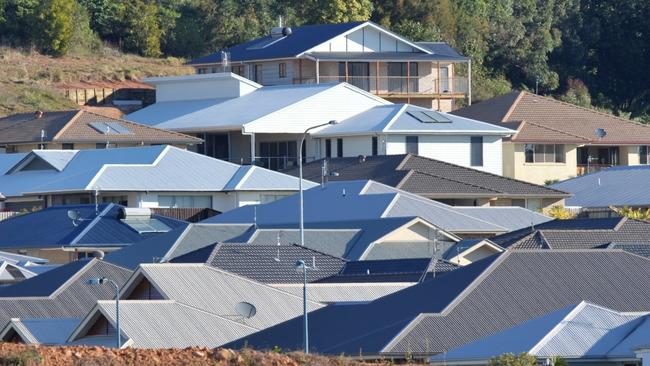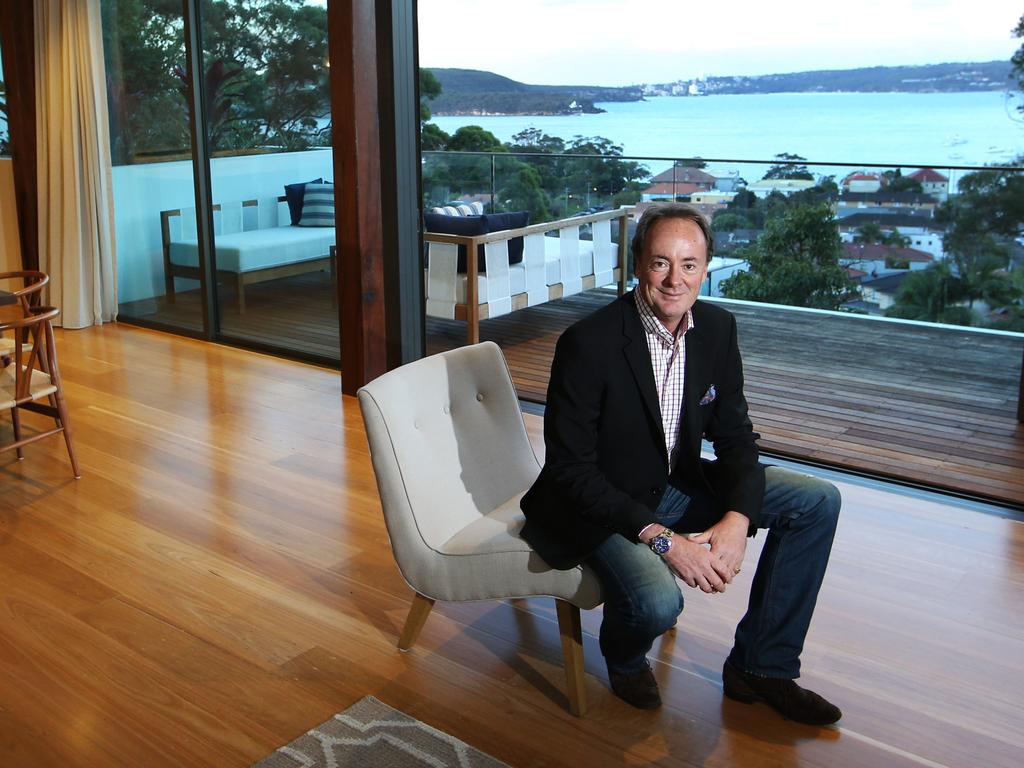Building approvals beat expectations
Building approvals rose for the first time in 18 months in the year to December and fell less than expected in December.

Australian building approvals rose for the first time in 18 months in the year to December.
Building approvals climbed 2.7 per cent year-on-year after an upwardly-revised 2.8 per cent fall in the year to November, the Australian Bureau of Statistics reported.
The number of approvals fell 0.2 per cent on a month-on-month basis after a downwardly-revised 10.9 per cent fall in November.
The data significantly exceeded market expectations of a 1.4 per cent fall on year and a 5 per cent fall on month, helping the Australian dollar regain US67.00c after it hit a four-month low of US66.82c amid growing concern about the global economic outlook following the coronavirus outbreak in China.
“The trend for the total dwelling approvals series continued to rise at the end of 2019,” said Daniel Rossi, director of construction statistics at the ABS.
The increase in December was driven by private sector dwellings excluding houses such as townhouses and apartments, which rose 4.9 per cent. Private sector houses rose 0.3 per cent.
Dwelling approvals rose 6.1 per cent Victoria, 4.7 per cent in the Northern Territory, 1 per cent in the Australian Capital Territory, 0.5 per cent in New South Wales and 0.5 per cent in South Australia.
Building approvals slowly recovered over 2019 after plummeting almost 20 per cent from the year prior in the wake of the credit squeeze and uncertainty around property tax ahead of the election, both of which dampened confidence. Housing Industry Association economist Angela Lillicrap said detached house approvals were on par with the robust volumes of 2018 on a quarterly annualised level, reaching 101,240.
“The market did improve in the final months of 2019, suggesting that the building industry will not continue to constrain economic growth in 2020,” Ms Lillicrap said.
“New home building has stabilised at relatively strong levels.”
She added the continuation of price growth in capital city markets will bring investors back to the market and support higher building activity.
Falls were recorded in Tasmania, Western Australia and Queensland, in trend terms.
The latest signs of a bottom in the housing market in recent months follow three interest rate cuts by the Reserve Bank, fiscal stimulus from the federal government and an easing of macro-prudential lending restrictions on banks.
The Reserve Bank is due to meet on Tuesday, when it is expected to keep rates on hold.
The latest building approval figures came as ANZ reported a 3.8 per cent rise in its job ads series for January, breaking a run of three consecutive monthly contractions.
“The improvement in housing data is especially significant, because it shows that historical relationships are not breaking down,” said Credit Suisse macro strategist Damien Boey.
“Specifically, history tells us that the level of approvals tends to sit above or below the level of completions when real house prices are rising, because developers tend to respond to the demand information embedded in rising house prices.
“This cycle appears to be more of a delay than a decoupling, with approvals starting to bottom out despite a prevailing belief that the market is oversupplied.”
A note from investment bank UBS said the combination of returning approvals and surging house prices was likely to have an upside risk but warned the bushfire disaster and spread of coronavirus could dent overall GDP.






To join the conversation, please log in. Don't have an account? Register
Join the conversation, you are commenting as Logout